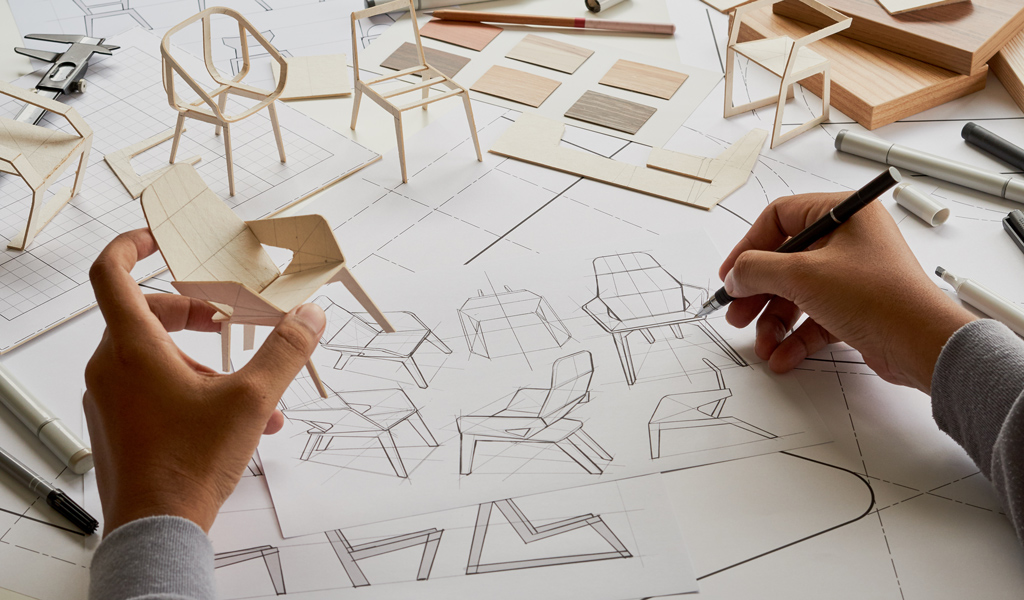“I notice you don’t really understand what I’m talking about. Wait a minute, I’ll show you.” Often communication fails when people are forced to describe things instead of showing them. Because they are either out of reach or because they simply don’t exist in real life. Like products that are still in the development stage. That’s why designers are downright DIY experts. With a product idea in mind, they quickly build a prototype with cardboard and glue. In this way, they succeed in showing what is difficult to put into words. This is exactly what efficient product development processes need and can be achieved through deeper integration of 3D visualization functions into the PLM system.
A picture is worth a thousand words
The value added by images over pure text is something we take for granted these days in a multimedia world. On Instagram and elsewhere, text only underscores what has already been captured in the image. But how much of this self-evidence has arrived in the IT systems that support the work of manufacturing companies? In my perception, describing is still more important than showing: The majority of the screens contain characters, words, tables and sentences.
Since the spread of CAD systems, especially in PLM applications, there has been no shortage of images. Hardly any product is manufactured before it has been designed in advance as a (3D) image. The 3D model is a natural tool in product development and in times of increasing product individualization an ideal tool for communication around the product. From chairs to electric cars: across all industries, products can be individually configured online and viewed in 3D before they are ordered and produced.
Why does enterprise software still remain so text-heavy?
CAD software licenses are expensive. Companies therefore often only equip a few workstations with it. In addition, CAD software as proprietary file formats cannot be easily opened by other programs. Thus, access to 3D geometries remains limited to an exclusive club.
If this hurdle is overcome, for example with neutral 3D viewers, the question of how 3D geometry and text can best be combined with the operating UIs of the enterprise software still remains. Beyond the fanciful visions of the future concerning data handling with VR/AR à la Minority Report, there is still a lack of concepts in reality for combining information from 3D models and databases in a uniform operating pattern.
So, where do we go next?
The first step is to bring 3D geometries into the UI alongside the usual textual content. In addition to displaying and rotating, a basic function is the ability to navigate inside the model in order to view individual components in detail by selectively showing and hiding them. Functions such as entering, saving and sharing annotations on the 3D model are also helpful for effective communication within the team. Furthermore, additional Digital Mock Up (DMU) calculation functions can support certain decision-making processes. Such as a neighborhood search to analyze the impact of an engineering change. Or a model comparison to subsequently understand the scope of this change.
In the second step, geometric and textual information must be combined in the UI. This creates an integrated user interface that offers added value in terms of content. Moreover, how would it be if the 3D model in PLM applications no longer served as an illustration of the parts list but, conversely, the parts master data enriched the 3D geometries? Or if tables and textual hyperlinks are abolished and a real geometric or spatial navigation is available? Or if users can visually browse the parts inventory like in a warehouse instead of tracking down numbers in a list? Or, or, or.
We have become so accustomed to working with strings in information technology (I’m thinking of command lines, relational databases, hyperlinks and so on) that other operating patterns seem unthinkable. Here it is time to rethink and unleash the visual power of 3D geometry to communicate quickly and accurately in business processes.


I’m genuinely impressed by the quality of your content –nice one, keep sharing